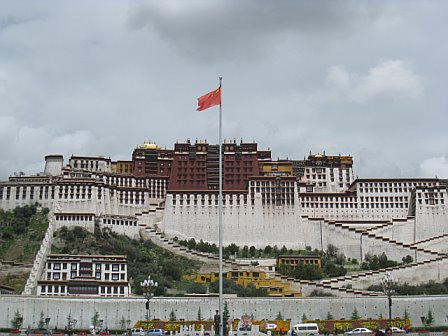
“Go to Tibet and see many places, as much as you can; then tell the world”
~His Holiness the Dalai Lama
Tibet is a land that has inspired wonder and existed with an aura of mystery for centuries. It has piqued the imagination of many Westerners as little was known about this remote Shangri La until the late 1980’s. To this day, most people do not understand the plight of the Tibetan people through the last half of the second millennium and today the Tibet that greets visitors is far different than what his holiness left 50 years ago. Tibet is still a mesmerizing place to see and gives views that are as good as anywhere and the people still greet you with a smile but you know that under the surface there is something that is not said that wants to come out. However, the silent pleas go unheard and we carry on with our trips and take advantage of a great land that is going through an identity crisis.
The Chinese hold on Tibet is easy to see and has modernized the capital Lhasa. The Chinese soldiers patrol the city in numbers I have not seen anywhere else in China. The Chinese flag is around all major sites and throughout the city proper. The Chinese apparently outnumber the Tibetan people in their own land and there is certainly resentment from the Tibetan people. There are no longer protests that there were decades ago; the Chinese army has squashed those and there is relative peace in a peaceful land but again something is missing.
I started my four day tour in Lhasa and stayed right in the center of town within close walking distance to Barkhor Square and all the major city attractions. Barkhor Square is the main square in the city of Lhasa and has been the launching point for most political protests in Tibet and was the scene in 1998 where several Tibetans were killed and a Dutch tourist was shot during a rally. The square today is encircled by several vendors selling everything you could never want and is also the entrance point to the Barkhor Circuit of shops and restaurants and the famous Jokhang.
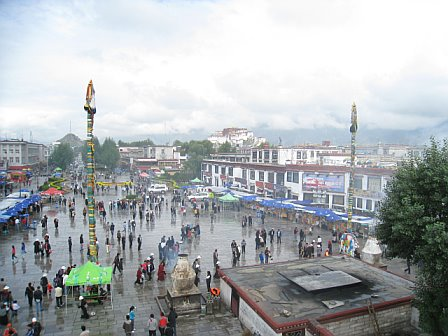
The Jokhang is the most revered religious structure in Tibet. It is the center of their Buddhist religion. The scent of burning yak butter fills the hallowed halls with a sense of calm. The monastery can get quite crowded with Pilgrims coming from all over the country to pay homage to their Buddhist heritage. The rooms are colorful and beautiful and it can be a shock to the system to see the praying rituals in person. The pilgrims will violently at times throw themselves forward and to the floor. They will also shower the Buddha’s with gifts of money and even food sometimes. In fact the floors can be littered with cash from devoted followers. The Jokhang is similar to monasteries from other Buddhist countries, mainly Nepal and Bhutan, but it was more crowded than any I had been in before, mainly with Pilgrims.
Next up on the tour was the Sera Monastery which is about 5km outside of Central Lhasa. This is a hillside monastery famous for the debating monks. It is hard to describe this ritual in which scores of monks take to groups of two, one sitting and one standing above him. The one standing then proceeds to seemingly torment the one sitting into learning the Buddhist religion. They are debating the lineage and ways of Buddhism and in this way, the more experienced and older monk teaches the younger monk by their debates which seem to get pretty heated sometimes.
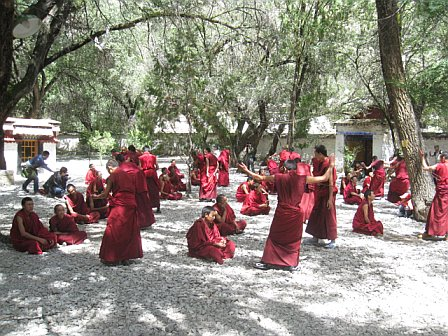
It was really interesting to see this ritual that I was unaware of before this trip. I didn’t realize they had this intense of a learning experience. The monks seem to enjoy it even though sometimes it looks like they are torturing the one on the ground by shaking their head or nearly whacking them with a violent clap of prayer beads. This is an experience in Lhasa that is not to be missed.
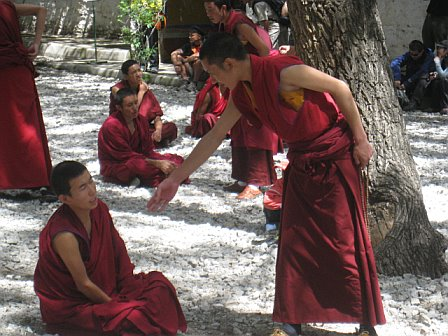
The next day was the day to visit the cardinal landmark of Lhasa and one of the great architectural wonders of the world. The Potala Palace is a timeless place that is both awe-inspiring and imposing. The massive structure dominates the Lhasa skyline and the first views of the century’s old palace are unforgettable. Taking the train into Lhasa from Beijing I was able to spot the Palace from several kilometers away and got so excited. The reality of being up front and inside it is even better though. The years and the conflicts have managed to elude the Potala and it still stands as amazing as ever looming over Lhasa.
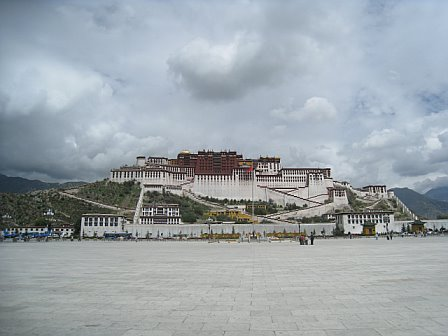
The eternal home of the Dalai Lamas, the Potala has 999 rooms and is 13 floors at its highest area. It appears to have been built in stages and kind of connecting from the center as more areas of the palace were constructed. The white and red outside is as beautiful up close as it is from afar and the inside does not disappoint either.
When you enter the palace, you cannot bring any liquids or medicines, including creams of any kind. I don’t know why but I found that strange. You are allowed exactly one hour in to explore the circuit they allow tourists to see. If you are late then they penalize the next group by holding some of their members from entering. You are assigned a time the day before that you may enter the palace and your guide will arrange that for you with your passport.
Once through security, you must walk up a large amount of stairs leading up to the entrance which is not a problem except for the fact that you are at 12,000 feet of altitude and you must take it slow as you will be tired after about 3 or 4 steps. Then once in you will enter the monastery and tour through the sights.
The rooms of the Potala are like monuments to the Dalai Lamas of the past which include tombs and bedrooms of all the Dalai lamas with the notable exception of the current Dalai Lama who is of course living in exile in India. The rooms are small and in typical Buddhist fashion. The circuit takes about an hour as I said and when you are through you have a strange feeling of connection with the Potala and the Tibetan people and their heritage even in such a short time. It is a very strong and empowering feeling to be in the presence of the Dalai Lamas, even if it’s only where they once lived. It is a feeling that is hard to explain.
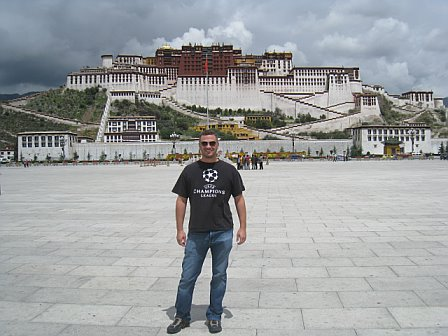
The tour also took us to a few other monasteries around Lhasa and afforded us some more insight into the Tibetan people. The tours must be set up in advance and can be easily done so through travel agencies in Beijing or in Chengdu or through the Internet which is how I did it. I used visittibet.com and I have to say I was not very happy with them at all. They were overpriced for what they gave in service, accommodation and certainly the guides were not very good. I am a person that hates tours anyway but sometimes you are required to have one, such as in Tibet, and I feel like they didn’t really fulfill their end of the bargain.
My guides wouldn’t answer all of my questions, they would run ahead and worst of all, they were late a few times and they made me pay for $2 taxis around Lhasa, as if I wasn’t already paying enough for their crappy services already. It obviously wasn’t the money, just the annoyance factor of the nickel and diming when they were supposed to provide transportation around town during the tour hours. But on the bright side, they got me to all the places I wanted to go so it’s not too bad but the prices were a bit outrageous. However, there is little you can do about that as they kind of have a monopoly on the permits and I didn’t have time to really shop around.
I am not one of these people who is going to blow smoke up your ass and tell you that Tibet is this majorly spiritual place and I feel completely enlightened as a result of my visit. However, I will say that Tibet is a unique experience and one that I will treasure forever. It is great for educational purposes and to see the actual plight of the Tibetan people and learn of their checkered history. It is very interesting to see how the Chinese have taken over and run the city of Lhasa now. Lhasa is an awesome experience that shouldn’t be missed on any travelers resume and one I won’t soon forget. Oh and by the way, when you’re in Tibet, you should definitely have some yak momo’s-they’re fantastic.

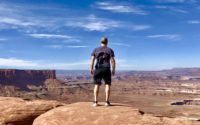
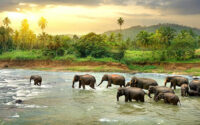
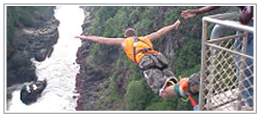








Tibet is a magical place. I am jealous of your trip and for the record all of the Chinese travel agencies suck.
Hi Lee, I also used Visit Tibet and they were very overpriced. I also did not like the personalities of the guides, I found them arrogant and apathetic toward what I wanted to do. Safe travels.
Hello Lee,
I’m going to Tibet in May and would like to get some tips from you. I’m doing the arrangements through a travel agency but not sure if this is the best way to do it.
Any advise will be great.
Nancy
Hey Nancy, the debating monks and Potala Palace are easily the highlights of Tibet for me aside from the great food and scenery. If you have any specific questions that I didn’t write about in the article, feel free to send me an email or repost here. Good luck and have fun!